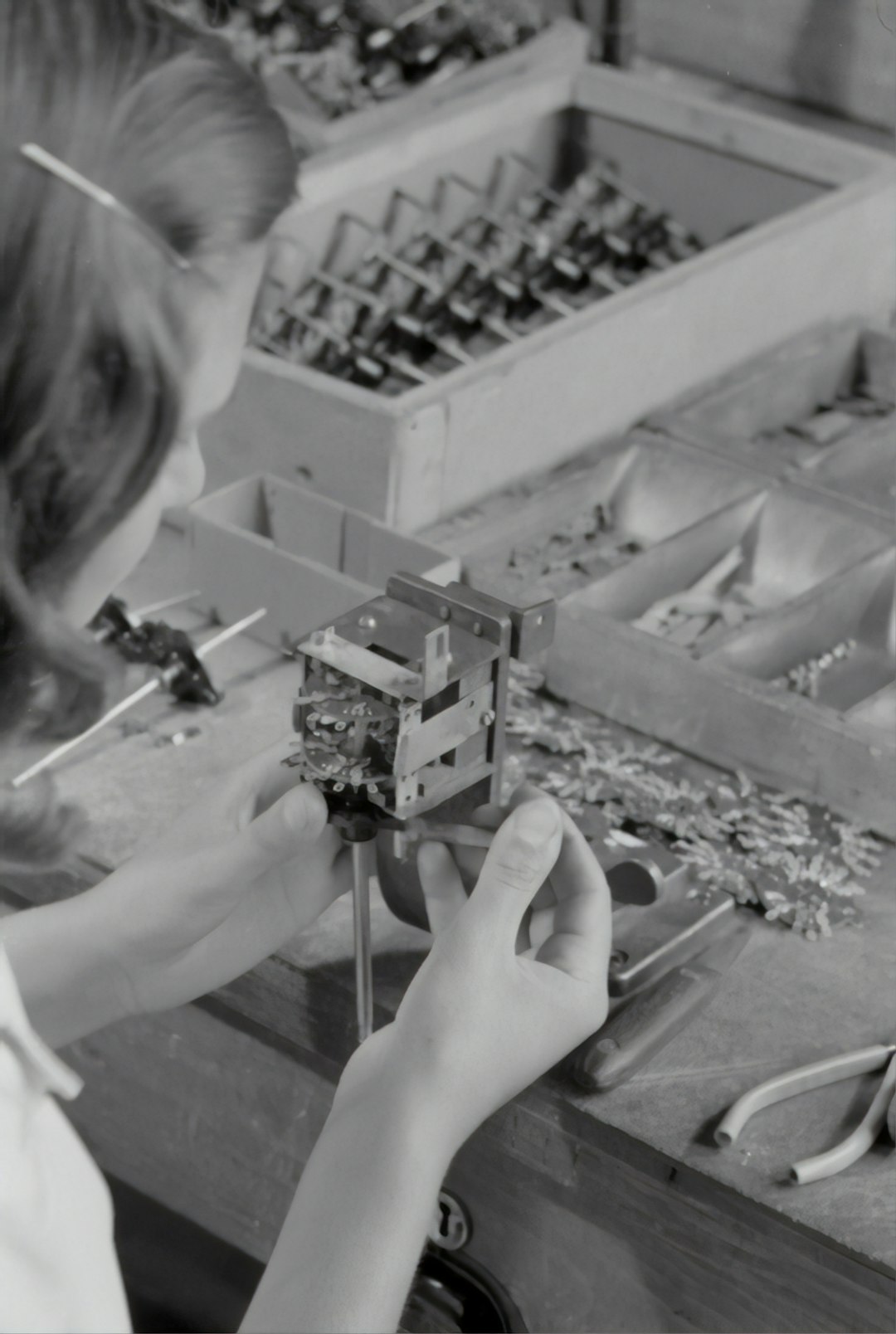Riverside’s economic landscape has undergone a remarkable transformation over the centuries, evolving from a hub for agriculture to an innovative center of technological advancements. This article delves into the historical foundations that supported early economic growth, chronicles the significant industrial shifts that diversified its economy, and explores how Riverside embraced the information age. Witness the city’s journey as it cultivated a culture of innovation, marking an economic renaissance. Join us as we trace the trajectory of Riverside’s economy, from fertile fields to the cutting edge of modern industry.
- Historical Foundations: The Agricultural Roots of Riverside's Economy
- Industrial Shifts and Diversification: Riverside's Transition to Manufacturing
- Technological Advancements and the Rise of the Information Age in Riverside
- Cultivating a Culture of Innovation: Riverside's Economic Renaissance
Historical Foundations: The Agricultural Roots of Riverside's Economy

Riverside, nestled in the Inland Empire of California, has a rich history that has shaped its economic landscape over the decades. Initially, the region’s economy was heavily influenced by its fertile land and ideal climate, which were conducive to agriculture. The city’s founders recognized the potential for farming and cultivation early on, leading to the establishment of citrus groves that would become synonymous with Riverside. As these agricultural ventures flourished, they formed the backbone of the local economy, providing sustenance not only for the community but also for broader markets. The economic activity generated by this primary industry laid a foundation for growth and development that would endure through the years, with the agriculture sector remaining a significant contributor to Riverside’s gross domestic product and job market into the 20th century.
The historical foundations of Riverside’s economy are a testament to the resilience and adaptability of its inhabitants. As global economic patterns shifted and the demand for agricultural products evolved, so too did the city’s approach to commerce and industry. The transition from agriculture to innovation was marked by strategic investments in education, technology, and infrastructure, which paved the way for a diverse and robust economy. Today, Riverside is recognized as a hub for higher education, research and development, and entrepreneurial ventures, reflecting a dynamic transformation that has maintained the city’s economic vitality while opening new avenues for prosperity. The evolution of Riverside’s economy from its agricultural roots to its current status as an innovation center exemplifies the city’s capacity for reinvention and its commitment to embracing the changes necessary for long-term economic sustainability.
Industrial Shifts and Diversification: Riverside's Transition to Manufacturing

Riverside’s economy has undergone significant transformations throughout its history, evolving from a rural landscape dominated by agriculture to a diverse and innovative hub. The shift from agricultural predominance to manufacturing was a pivotal change that marked a new era for the city. This transition began in earnest during the early 20th century as industries sought out new locations to capitalize on the advantages of proximity to urban centers while benefiting from lower labor costs. The city’s strategic location near major transportation routes, including the Santa Ana River and its network of railways, facilitated the movement of goods and raw materials, making it an attractive site for manufacturing enterprises.
As Riverside adapted to industrial demands, it saw the emergence of a robust manufacturing sector characterized by diverse production capabilities. The economy diversified with the establishment of factories producing everything from food products, such as dates, to automobiles and aircraft parts during the World Wars. This economic diversification not only provided stability against the volatility of any single industry but also fostered a culture of innovation and adaptation that has persisted through subsequent decades. Today, Riverside’s economy is a mosaic of agriculture, services, and high-tech industries, with manufacturing remaining a cornerstone, reflecting the city’s ability to evolve and respond to economic trends and market demands. The evolution from agricultural fields to a thriving manufacturing center exemplifies Riverside’s resilience and its capacity for economic reinvention.
Technological Advancements and the Rise of the Information Age in Riverside

Riverside’s economy has undergone a remarkable transformation, propelled by significant technological advancements that have marked the advent of the Information Age. The city’s transition from an agricultural powerhouse to a hub for innovation and technology reflects its adaptability and forward-thinking approach. As digital infrastructure expanded and computers became more accessible, Riverside’s entrepreneurs recognized the potential of harnessing these technologies to diversify the local economy. The rise of information technology companies brought with it new opportunities for growth, knowledge work, and the development of a skilled workforce. This shift not only modernized existing industries but also attracted new businesses specializing in software development, data analytics, and cybersecurity, further solidifying Riverside’s status as a center for technological innovation. Economically, this transition has been beneficial, creating a diverse economic landscape that is less susceptible to the volatility of traditional agricultural sectors. The infusion of tech companies into the local economy has stimulated job creation, increased tax revenue, and positioned Riverside as a competitive player in the global market, with a focus on the digital future.
Cultivating a Culture of Innovation: Riverside's Economic Renaissance

Riverside’s economy has undergone a remarkable transformation from its agricultural roots to a thriving hub of innovation and technology. This economic renaissance is not merely a shift in industry but a cultivation of a culture that embraces creativity, risk-taking, and continuous improvement. The city’s leadership recognized the need for diversification and invested in educational institutions that foster critical thinking and technical skills among its residents. These efforts have borne fruit, attracting tech startups and innovative businesses to the area.
The evolution of Riverside’s economy is a testament to strategic planning and community engagement. Local initiatives, such as business incubators and co-working spaces, provide entrepreneurs with the resources and support necessary to turn ideas into viable products and services. The city’s infrastructure has been enhanced to meet the demands of modern industry, with high-speed internet connectivity and transportation systems that facilitate the movement of goods and people. This conducive environment for innovation is driving economic growth, creating jobs, and improving the quality of life for its residents. Riverside’s journey from agriculture to a beacon of innovation exemplifies how a community can adapt and thrive in an ever-changing global economy.
Riverside’s economic trajectory, from its agricultural beginnings to its burgeoning status as an innovation hub, showcases a remarkable evolution. The city’s ability to adapt and diversify has been pivotal in shaping a resilient and robust economy. As the narrative of its history unfolded, from industrial shifts to technological advancements, it became clear that Riverside’s journey is emblematic of progress and ingenuity. Today, the city stands as a testament to the power of innovation and the transformative potential of embracing new challenges with creativity and determination. As it continues to chart its course in the modern economic landscape, Riverside serves as an inspiring example for communities around the globe seeking to replicate its economic diversification and growth.



